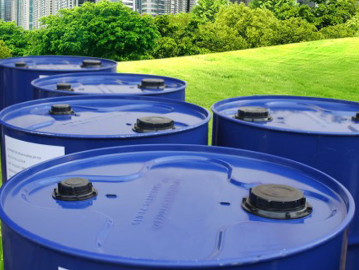
Enhance Safety and Performance with Polyurethane Sealant Applications
Polyurethane sealants are versatile materials used in a wide range of applications to enhance safety and performance. From construction to automotive, these sealants offer excellent adhesion, durability, and flexibility to withstand harsh environmental conditions. In this article, we will explore the benefits of polyurethane sealant applications and how they can help improve safety and performance in different industries.
Construction Industry:
Polyurethane sealants are widely used in the construction industry for various applications such as sealing joints, gaps, and cracks in buildings and infrastructure. These sealants provide an effective barrier against water penetration, air leakage, and dust infiltration, which helps to maintain the structural integrity of the building and improve energy efficiency.
In addition, polyurethane sealants are highly durable and resistant to weathering, making them ideal for outdoor applications such as sealing windows, doors, and curtain walls. Their flexibility allows them to expand and contract with the building material, preventing leaks and maintaining a tight seal over time.
Furthermore, polyurethane sealants offer excellent adhesion to a wide range of substrates, including concrete, metal, wood, and plastic, ensuring a strong and long-lasting bond. This helps to prevent water damage, corrosion, and mold growth, reducing the need for costly repairs and maintenance.
Automotive Industry:
Polyurethane sealants play a crucial role in the automotive industry, where they are used for bonding and sealing various components such as windshields, body panels, and trim pieces. These sealants provide a strong and flexible bond that withstands vibrations, temperature fluctuations, and exposure to chemicals and fuels.
Polyurethane sealants also help to reduce noise, vibration, and harshness (NVH) inside the vehicle by sealing gaps and cushioning joints, creating a quieter and more comfortable driving experience. In addition, they provide a waterproof barrier that protects the interior of the vehicle from moisture, dirt, and corrosion.
Furthermore, polyurethane sealants contribute to the overall safety of the vehicle by providing structural reinforcement and impact resistance. They help to secure critical components in place and prevent them from coming loose or detach during a collision, reducing the risk of injury to occupants and damage to the vehicle.
Conclusion:
Polyurethane sealants offer a wide range of benefits that enhance safety and performance in various industries, including construction and automotive. Their excellent adhesion, durability, and flexibility make them a versatile solution for sealing joints, gaps, and cracks, providing a protective barrier against water, air, and dust infiltration.
By using polyurethane sealants in your projects, you can improve the longevity and reliability of your structures and vehicles, reducing the need for costly repairs and maintenance. Whether you are building a new skyscraper, renovating a historic building, or assembling a high-performance vehicle, polyurethane sealants can help you achieve the safety and performance standards you require.